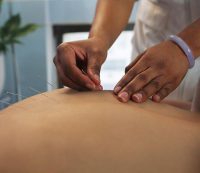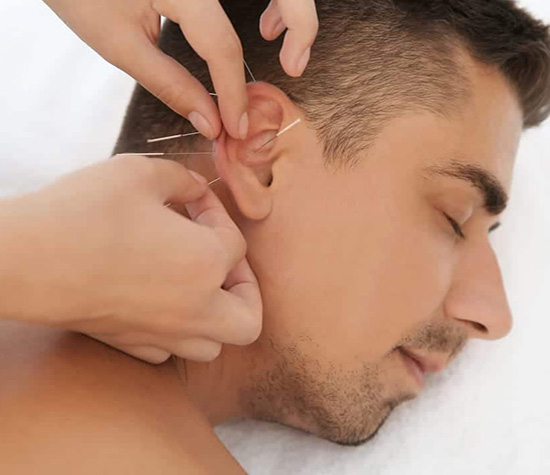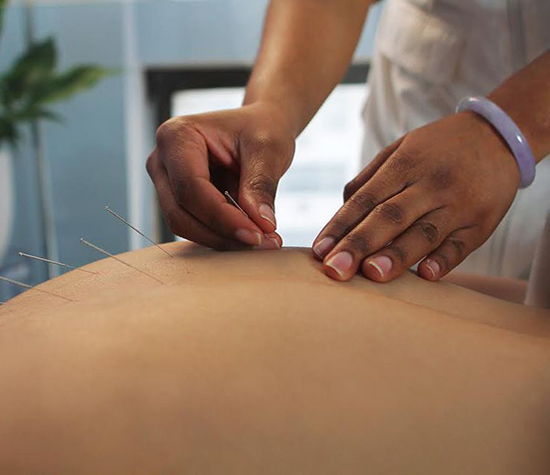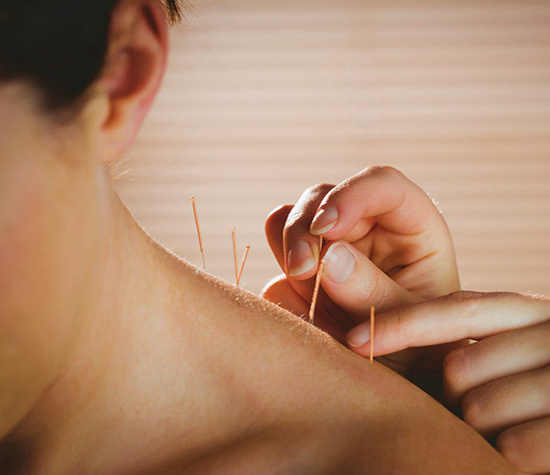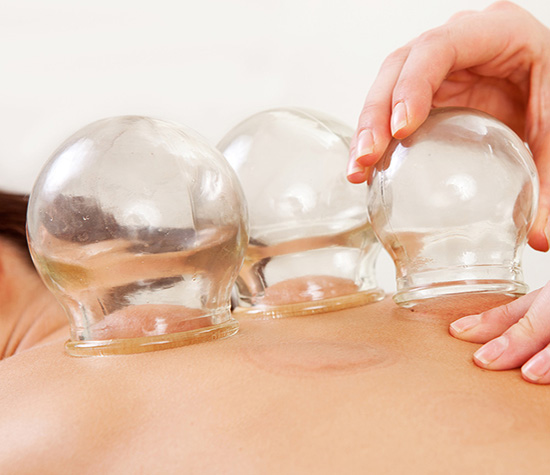Acupuncture Points
Without Needles
Acupressure is often called Acupuncture without the needles. Instead of needles, acupressure involves the application of manual pressure (usually with the fingertips) to specific points on the body.
There are thought to be at least 14 meridians connecting our organs with other parts of the body. Acupuncture and acupressure points lie on those meridians. Suppose the flow of energy (also called “chi” or “qi”) is blocked at any point on a meridian and can cause various symptoms and health conditions anywhere along the meridian. That’s why we may apply pressure to an acupressure point on the foot to relieve a headache.
Benefits
Hundreds of clinical studies on the benefits of Acupuncture confirm that it successfully handles conditions ranging from musculoskeletal problems (back pain, neck pain, and others) to nausea, migraine headache, anxiety, depression, insomnia, and infertility. As a result, Acupuncture passes as a “time-tested” form of therapy. And while many traditional doctors and scientists dismiss it as pseudo-medicine, it’s hard to accept Acupuncture could have persisted for over 3,000 years if there weren’t something to it.
Typical Acupressure Session
Acupressure is often issued by an acupuncturist but can also be self-administered. It’s always best to work with an acupuncturist for proper execution. Acupressure can be done by using your thumb, finger, or knuckle to apply gentle but firm pressure at a certain point. The pressure is often increased for about 30 seconds, held steadily for 30 seconds to two minutes, and then gradually decreased for 30 seconds.

